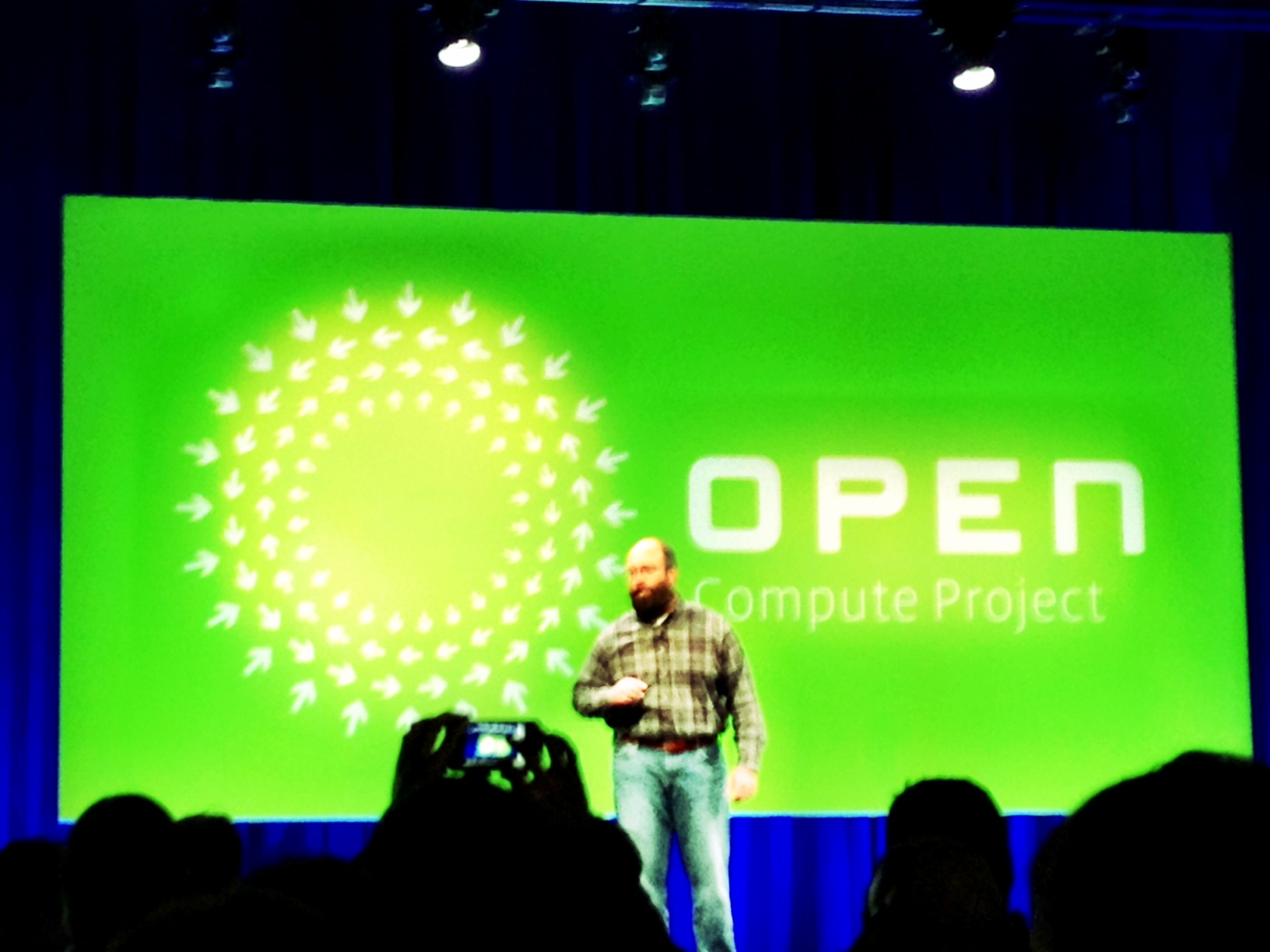 About 20 of us Seagate-ers spent last week at the Open Compute Summit in Santa Clara, CA and if there is one takeaway from the event, it’s that, as an industry, we are not moving fast enough when it comes to innovation. At least in the data center where everything cloud is made possible.
About 20 of us Seagate-ers spent last week at the Open Compute Summit in Santa Clara, CA and if there is one takeaway from the event, it’s that, as an industry, we are not moving fast enough when it comes to innovation. At least in the data center where everything cloud is made possible.
Check out the Seagate photo-stream from the event.
This was the eye and ear-opening theme of the opening keynote by Facebook’s Frank Frankovsky – the brain behind the Facebook led Open Compute Project (OCP) launched in 2011.
Think about the proliferation of mobile devices (tablets, smartphones, phablets) with constant connectivity to the cloud. More devices and more people connected to the cloud means more data flowing to and from the edge. Add to this the exponential growth in data that companies create, collect, store, and archive, and what you have is a growing bottleneck in performance and available capacity in the data center.
Sure, data centers can add storage capacity quite easily, but the issue is not exclusively the ability to store the data, but the cost effectiveness in terms of the speed at which the data is created, collected, stored, and archived. This is more of a function of the data center’s ability to scale at a rapid pace, with the latest technology, at the lowest possible cost to deploy.
Think about today’s data center. It’s architected largely based on closed or proprietary hardware and software, and a closed proprietary architecture doesn’t work. For one, it’s not custom. Secondly, technology refreshes are expensive. Innovation is not occurring fast enough across suppliers, and the ecosystem is not truly open. Enter what Frank called the disaggregation of hardware. By further decoupling the processing, storage, and networking within the data center, companies can better deploy…
- Highly customizable solutions
- Smarter technology refreshes
- With faster innovation and…
- It’s all done in the open!
Why is this important to us as consumers?
Because the faster more efficient the industry can make the data center, the better your experience will be with the devices you use. Pushing files to the cloud (backing up, sharing content, collaborating with co-workers, etc.), pulling content down from the cloud (watching videos, listening to music, doing your homework, responding to email, etc.) can and should be faster, more reliable, and more cost effective. It’s cool to have the latest Samsung Galaxy phone or tablet, but what is the use if the data centers it is connecting to are based on technology that’s 5 years old?
What would you do with a faster, safer, more reliable, and inexpensive cloud?
Related Posts:
Dear cloud storage providers…you’re welcome
How cloud has become “the fabric of our lives”
Is Facebook a media company or tech company?
5 takeaways from Facebook’s Open Compute Project








[…] it comes to data centers, they not only need to be a lot faster and more scalable, but they also need to be much more energy efficient. Especially when it comes to the cloud and […]
[…] they’re called open source hardware and software designs (the recipes) like Facebook’s Open Compute Project, or Rackspace’s promotion […]